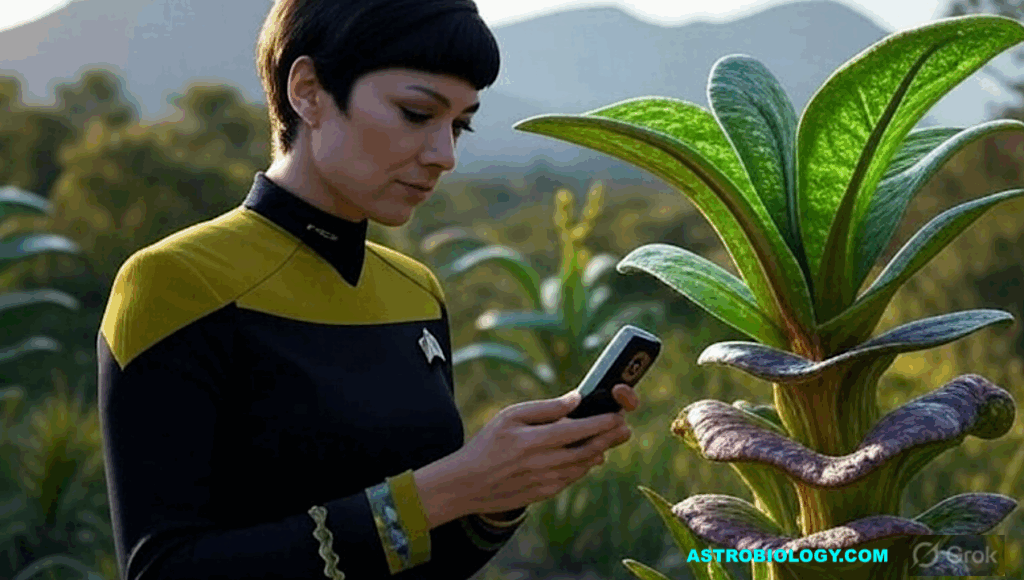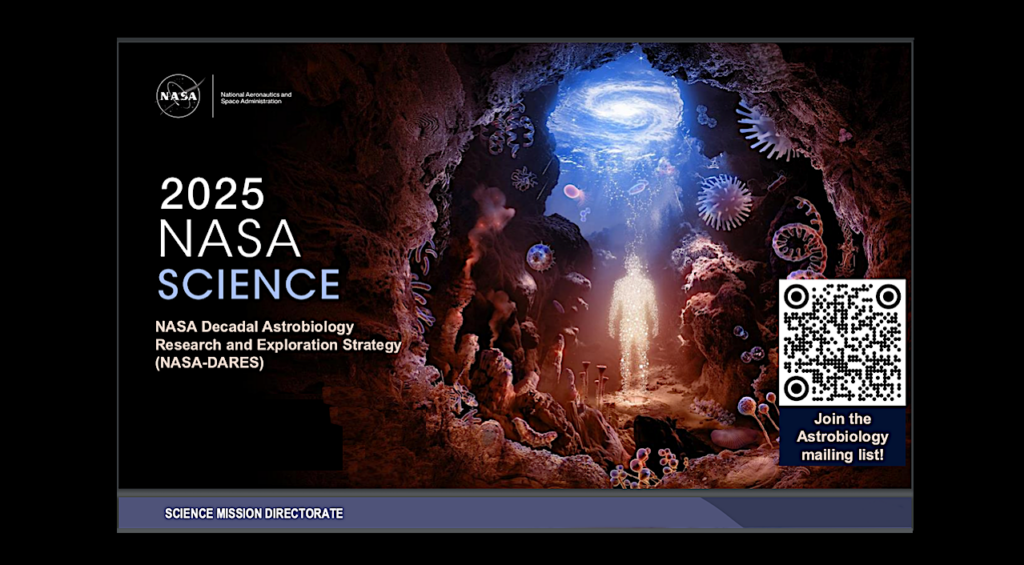AbGradCon 2011
Emily Knowles: The eighth annual Astrobiology Graduate Conference (AbGradCon) was held at Montana State University (MSU) in Bozeman, MT from June 5-8, 2011. AbGradCon is unique in that it is organized and targeted toward graduate students and postdocs, no more than three years from receiving their PhD, from across the sub-disciplines of astrobiology. This year’s conference organization required two years of collaboration between students in Colorado and Montana, with great results.
In total there were 72 attendees at AbGradCon, including 8 international attendees from 7 different countries (Australia, Canada, Georgia, Germany, Hungary, Italy, and Scotland). The disciplines of the attendees were well distributed across astrobiology, with representation from the geological sciences (20 attendees), biological sciences (19), chemistry (15), astronomy and physics (12), and engineering/other (6). All attendees presented their work either with a 12-minute talk or a two-minute lightening talk and a poster.
The scientific program for AbGradCon 2011 consisted of two full days of talks, broken into eight different sessions on fairly broad topics, followed by afternoon poster sessions. All of the talks were broadcast live online in an Adobe Connect Meeting Room and recorded, and are now available on the conference website. The conference program also included three different career development activities. The first was “NASA Night”, an informal and very popular presentation and discussion by Dr. Shawn Domagal-Goldman (NASA HQ) about opportunities for graduate and postdoctoral fellowships, research grants and programs, missions, and other opportunities with NASA. Second, the invited speaker for the conference banquet, Dr. Kevin Hand (JPL), gave an inspirational talk about his career path titled “Adventures in Astrobiology: A Random Walk to a Known Goal.” The third career development opportunity was the “Europa Collaborative Session.” This was an informal presentation by Dr. James Kinsey (WHOI) titled “Analogues for Astrobiological Exploration in the Earth’s Deep Oceans with the National Deep Submergence Facility Vehicles: Current ASTEP Programs and Future opportunities”. The feedback from conference participants was that these events were very useful for learning about opportunities, as well for starting conversations with each other about future research and outreach projects.
The third day of the conference was dedicated to education and public outreach (EPO), as well as time for collaborative discussions. The EPO sessions were held at the Museum of the Rockies, which was open to conference attendees all day. The first EPO activity was a poster competition for high school and undergraduate students interested in astrobiology. There were four competitors: one student from MSU, and three international students–two in Tanzania, and one in Georgia. Two remote competitors were able to connect live via Adobe to discuss their work with the judges and conference participants, who could view their printed posters on-site. The result was a fantastic international outreach opportunity, and both the students and the conference participants found the experience very enriching.
The second EPO activity was a public lecture held in the museum auditorium. The title of the lecture was “Origin and Evolution of Life, and Life Elsewhere in the Universe: A Panel Discussion From Multiple Perspectives” and featured three prominent speakers: Dr. Michael Ceballos (Native American Research Lab, University of Montana), Dr. David Grinspoon (Curator of Astrobiology, Denver Museum of Nature and Science), and Dr. Sara Waller (Department of Philosophy, Montana State University). Each speaker gave an introductory talk about their views on life in the universe, and then all three held a panel discussion involving questions from each other and the audience. It was an excellent evening of lively and educational discussion with a good public turnout.
The final day of the conference was a full-day field trip to Yellowstone National Park. The proximity of Bozeman to the Park provided an ideal opportunity to explore such an iconic field site for astrobiology research and was the main reason for holding the conference at MSU. In order to give the participants more freedom to explore, the field trip was unguided, but several attendees who conduct research in the park acted as informal guides. The route through the park included stops at Mammoth Hot Springs, Norris Geyser Basin, Grand Prismatic, and Upper Geyser Basin, with an opportunity to see Old Faithful erupt. Despite some heavy rain and even a brief period of hail, the field trip was the highlight of the conference for most of the participants, many of whom were first-time visitors to the park.
The feedback from conference participants resonates with that of previous years: AbGradCon plays an important role in developing the careers of astrobiologists. As astrobiology is a relatively young field, the opportunity for early-career scientists to network and build research and EPO collaborations is vital to building the scaffolding on which the field of astrobiology is growing. The design of AbGradCon that emphasizes early-career scientists is a model for those just entering the field of how to harness their creativity, ingenuity, leadership, and intelligence to develop productive activities and collaborations in the laboratory, the classroom, and in the public sector.
Source: NASA Astrobiology Institute







